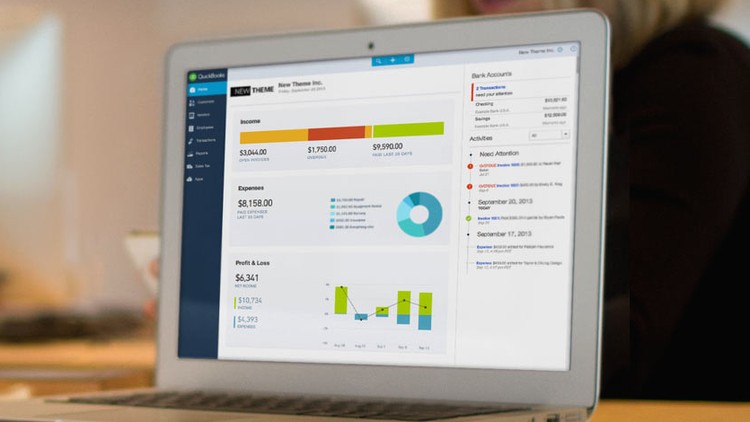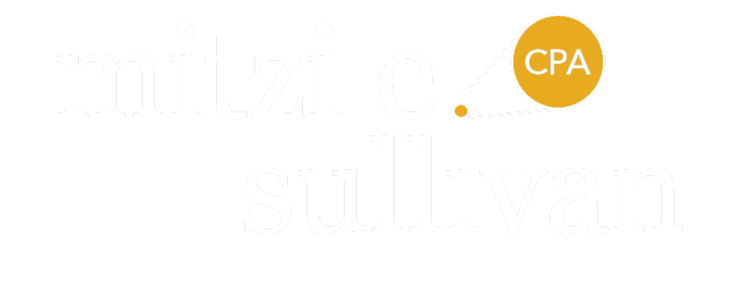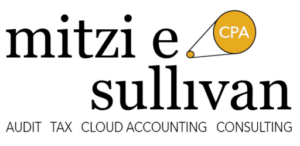- March 7, 2016
- Posted by: M.E. Sullivan CPA
- Category: Uncategorized
 With federal personal income tax rates up to 39.6%, tax saving strategies are a top priority for most of my clients. If you find yourself stressed out every year around tax season, it’s time to get SaaSy. Forget about “back-door” Roth contributions and start with the basics. Keeping your finances organized is the best tax strategy you will ever implement, and probably the best ROI you’ll ever realize.
With federal personal income tax rates up to 39.6%, tax saving strategies are a top priority for most of my clients. If you find yourself stressed out every year around tax season, it’s time to get SaaSy. Forget about “back-door” Roth contributions and start with the basics. Keeping your finances organized is the best tax strategy you will ever implement, and probably the best ROI you’ll ever realize.
Start simple.
Maximizing your tax savings begins with knowing what you’ve spent and for what purpose. In this electronic age, that’s pretty simple data to gather. Convert your accounting to the cloud and connect your bank and credit card accounts. Your income and expenses will flow from most financial institutions automatically into your accounting system. No downloading, no uploading, no backing up data, no flash drives…and no IT guy! If you value your time, the low cost of cloud accounting is a no-brainer.
Less is more.
Sometimes, less is more. Don’t set up a system that does more than you need. If you are new to the cloud, start slowly. The cloud is your friend! Like the internet, it won’t be long before you’ll wonder what you ever did without it.
Help me help you.
Keep business and personal expenses separate, but track both. It doesn’t take much additional work to code personal expenses since they are repetitive. Set up some simple rules and most of your transactions will be coded automatically.
You may be surprised at how many business deductions you find in your personal account. By tracking what you consider to be “personal” expenses, it will be easy for your CPA to look for deductions that you may have missed. For my sole proprietor clients, I like to see P&L reports with two columns; one for “business” and one for “personal.” With cloud accounting, I can drill down to the details to make sure they are coded correctly. I can easily reclassify from personal to business and vice versa with a few mouse clicks.
Real time financial reporting is the most significant benefit of cloud accounting. For tax planning, you need data in real time. With cloud accounting properly maintained, estimating quarterly tax payments, preparing personal and business financial statements and projecting future cash flows are a breeze.
Let go of the paper!
I know this is like taking the blanket from Linus, but people, it’s time to let go. The IRS has accepted electronic receipts since 1997. And with OCR technology, your scanned receipts will post automatically to your accounting system. If I need more detail about an expense, having the electronic receipt attached to the transaction saves me time and you money. Get two or three monitors if you need them, but unless you can’t afford tables, lose the file cabinets.
A word to the wise.
…Now about those “back-door” Roth contributions.
M.E. Sullivan is a cloud based professional services provider specializing in cloud accounting.

